The Land of Frankincense is one of the most historically significant UNESCO World Heritage Sites in the world, located in the southern region of Oman. This site is a testament to the ancient frankincense trade that flourished for thousands of years, connecting the Arabian Peninsula with Asia, Africa, and Europe. Frankincense, a fragrant resin derived from the Boswellia sacra tree, played a crucial role in ancient economies, religious practices, and medicinal treatments. Today, the Land of Frankincense remains a cultural and archaeological treasure, offering insights into Oman’s rich history and heritage.
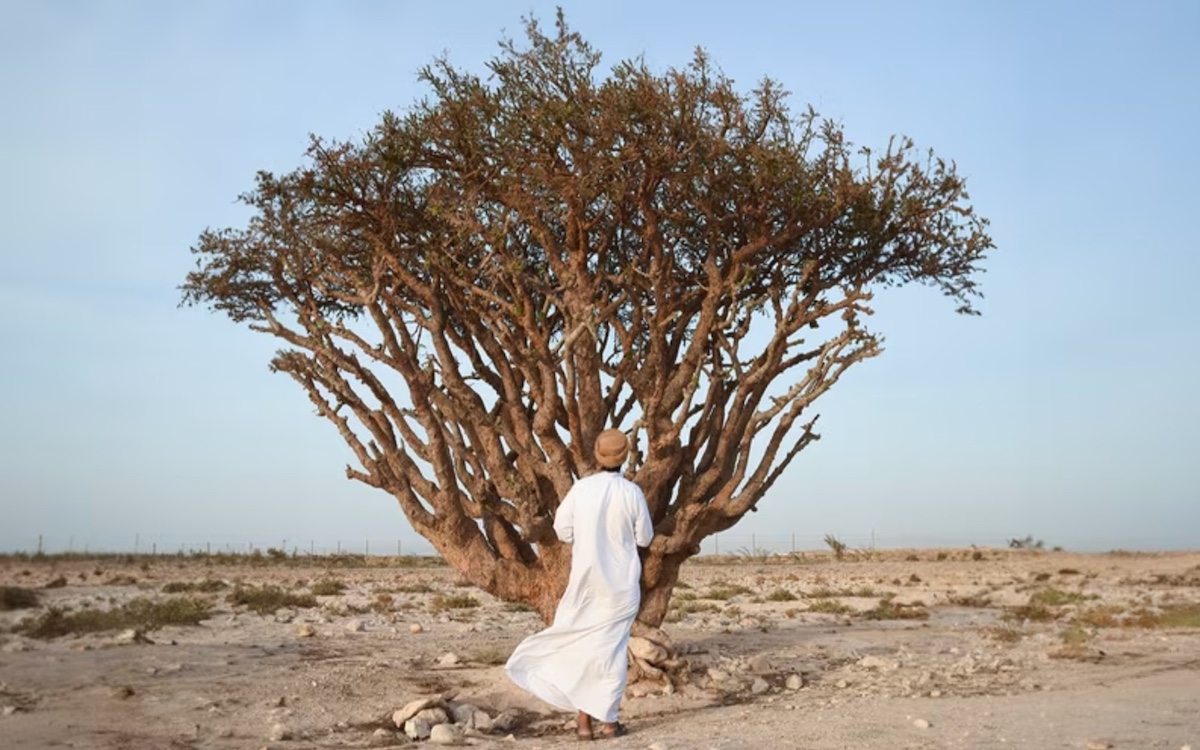
The Historical and Cultural Significance of Frankincense
Frankincense, with its distinctive aroma, was once valued as highly as gold, making Oman a key player in ancient global trade networks. From religious ceremonies to embalming rituals, frankincense was more than just a commodity; it was a symbol of sanctity and spiritual significance. Oman’s prominence in the frankincense trade helped solidify its place in history, and this ancient resin continues to influence the region’s culture and traditions today.
The Role of Frankincense in Ancient Trade Routes
Frankincense trade flourished during ancient and medieval times, with expansive networks linking Oman to civilizations around the Mediterranean, India, and China. Caravans of camels, laden with frankincense, crossed vast deserts, while seafarers navigated the Arabian Sea, transporting this valuable resin to distant lands. This trade network established Oman as a key hub in the ancient world, with frankincense serving as both a luxury product and a vital cultural link between East and West.
Frankincense in Religious and Cultural Practices
From the temples of Egypt to the churches of Rome, frankincense has long been used in spiritual purification and offerings. Its fragrant smoke was believed to connect the earthly and divine realms, creating an atmosphere of sanctity and devotion. Even today, many cultures continue to burn frankincense during religious ceremonies and traditional rituals, ensuring that its spiritual significance endures through the ages. This deep-rooted cultural legacy gives frankincense a timeless appeal, offering visitors a unique window into the spiritual traditions of ancient and modern civilizations alike.
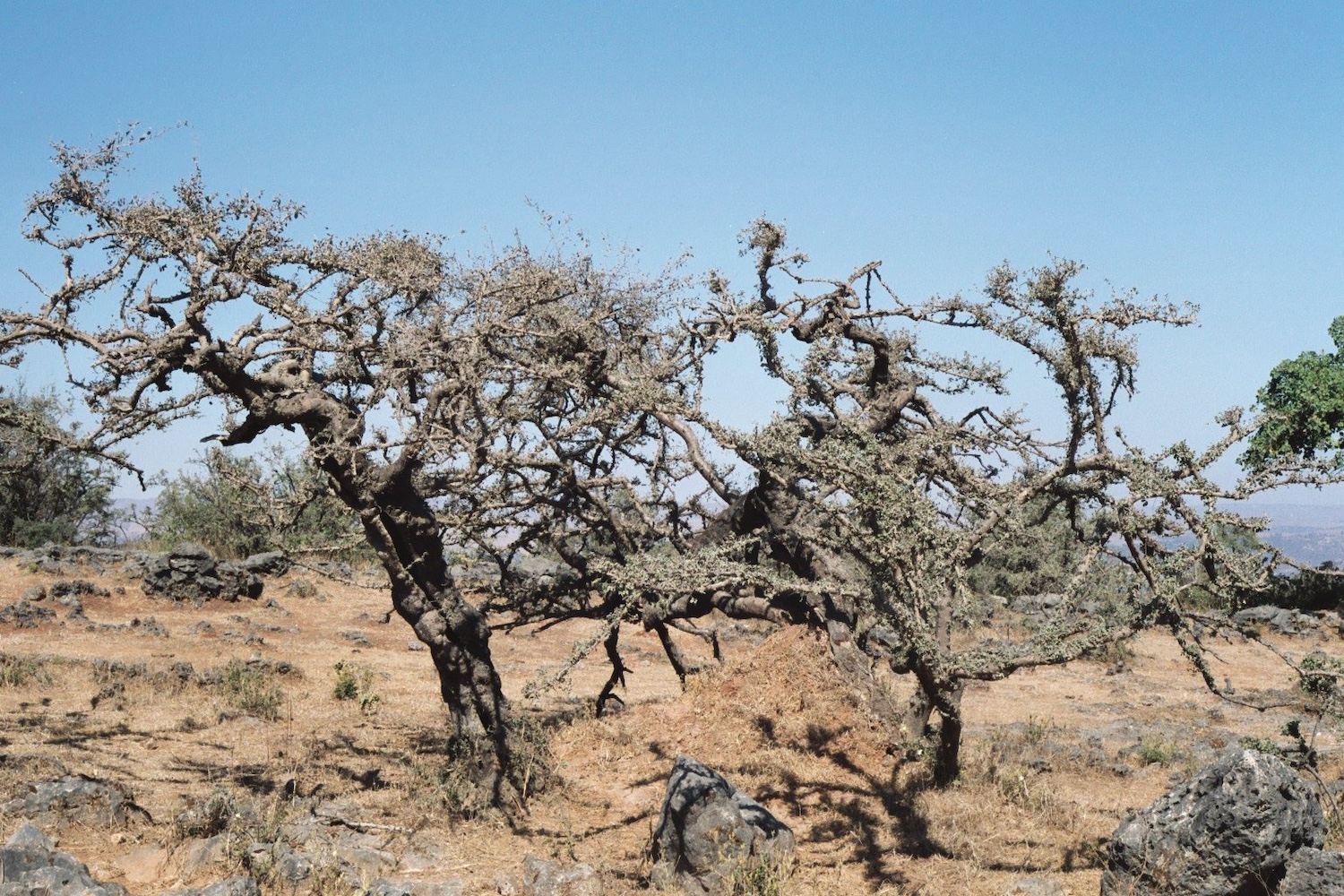
The Four Key Sites of the Land of Frankincense
The UNESCO designation of the “Land of Frankincense” includes four important archaeological sites that provide insight into the region’s historical significance in the frankincense trade. These sites are not only historic treasures but also living monuments to Oman’s rich past and its central role in the ancient world’s trade networks.
Wadi Dawkah
Wadi Dawkah is home to a dense concentration of Boswellia sacra trees, the source of the world’s highest-quality frankincense. As a protected area, it preserves the traditional methods of harvesting and processing this valuable resin. Visiting Wadi Dawkah allows travelers to immerse themselves in the natural beauty of Oman’s desert landscapes and witness firsthand the ancient practices that have been passed down through generations.
The Ancient City of Shisr (Ubar)
Shisr, often referred to as the “Atlantis of the Sands,” was once a thriving trading hub for frankincense merchants. Archaeological excavations have revealed the remains of a fortified settlement, strategically positioned to control access to crucial desert trade routes. The ruins of Shisr offer a fascinating glimpse into a once-prosperous city that controlled the flow of frankincense and other valuable goods between distant civilizations. The mystery surrounding its rise and fall adds to the allure of this historical site, making it a must-see for any traveler interested in ancient trade routes.

Khor Rori (Sumhuram)
Khor Rori, known in ancient times as Sumhuram, was a vital port city where frankincense was shipped to foreign markets. Located along the Arabian coast, its strategic position enabled Oman to play a crucial role in maritime trade. The site offers fascinating ruins of an ancient harbor, residential areas, and defensive structures, showcasing the importance of Sumhuram in global trade. Visitors can explore these ruins and imagine the bustling port that once connected Oman to the wider world.
Al-Baleed Archaeological Site
Al-Baleed, a thriving medieval city, was an important center for the frankincense trade. The archaeological site includes the ruins of a grand mosque, a fortified citadel, and a bustling harbor, all of which testify to the city’s prosperity and its significance as a trading hub. The remains of Al-Baleed offer a glimpse into the complex interactions between local cultures, merchants, and travelers from across the ancient world, making it an essential stop for those interested in the history of the frankincense trade and Oman’s medieval past.

The Economic and Medicinal Value of Frankincense
Beyond its religious and cultural significance, frankincense has long been an essential economic resource, and it continues to play an important role in modern industries, particularly in Oman.
Frankincense as a Driving Force in Oman’s Economy
The economic history of Oman has been deeply intertwined with the frankincense trade. In ancient times, Oman’s role as a central point in the frankincense trade routes helped establish its position as a powerful and prosperous civilization. As merchants transported frankincense from Oman to distant parts of the world—across the Arabian Sea to the Mediterranean, through the Arabian Desert to the markets of India, and further to China—the trade generated wealth that contributed to the growth of thriving cities like Al-Baleed and Sumhuram.
In addition to the wealth it created, frankincense was also a symbol of Oman’s strategic geopolitical importance. Oman’s ability to control and protect the flow of this highly coveted resin cemented its place in the global trade network. Even today, frankincense remains a vital part of Oman’s economy, not only in the form of exports but also in tourism. The demand for frankincense has led to its integration into the production of high-end perfumes, cosmetics, and essential oils, further extending its reach in global markets. Oman’s frankincense continues to play a central role in its national identity, driving both the local economy and international trade relations.
Medicinal Uses of Frankincense in Traditional and Modern Medicine
Frankincense has a longstanding history as a potent healing agent, one that transcends generations and cultures. In ancient times, frankincense was used in various forms—often burned as incense in religious ceremonies, but also used topically or ingested for its supposed medicinal properties. Its therapeutic benefits were described in texts from the ancient Egyptians, who used it in embalming, and it was a key element in the pharmacopeia of many early civilizations.
In modern times, scientific research has confirmed many of the therapeutic claims made by ancient healers. Frankincense is now known for its anti-inflammatory, antioxidant, and immune-boosting properties. It is commonly used in contemporary medicine to alleviate conditions like arthritis, asthma, and digestive issues. Essential oils derived from frankincense are widely utilized in aromatherapy, where they are believed to have calming effects on the mind, reduce stress, and improve mental clarity. Modern studies have also shown that frankincense may play a role in cancer treatment, particularly in reducing tumor growth, further cementing its relevance in today’s healthcare landscape.
Oman, as the heart of frankincense production, is uniquely positioned to lead in the production and scientific study of this resin, offering a blend of ancient wisdom and modern research. The ongoing integration of frankincense into wellness and beauty products ensures that its place in both health and luxury markets remains strong.
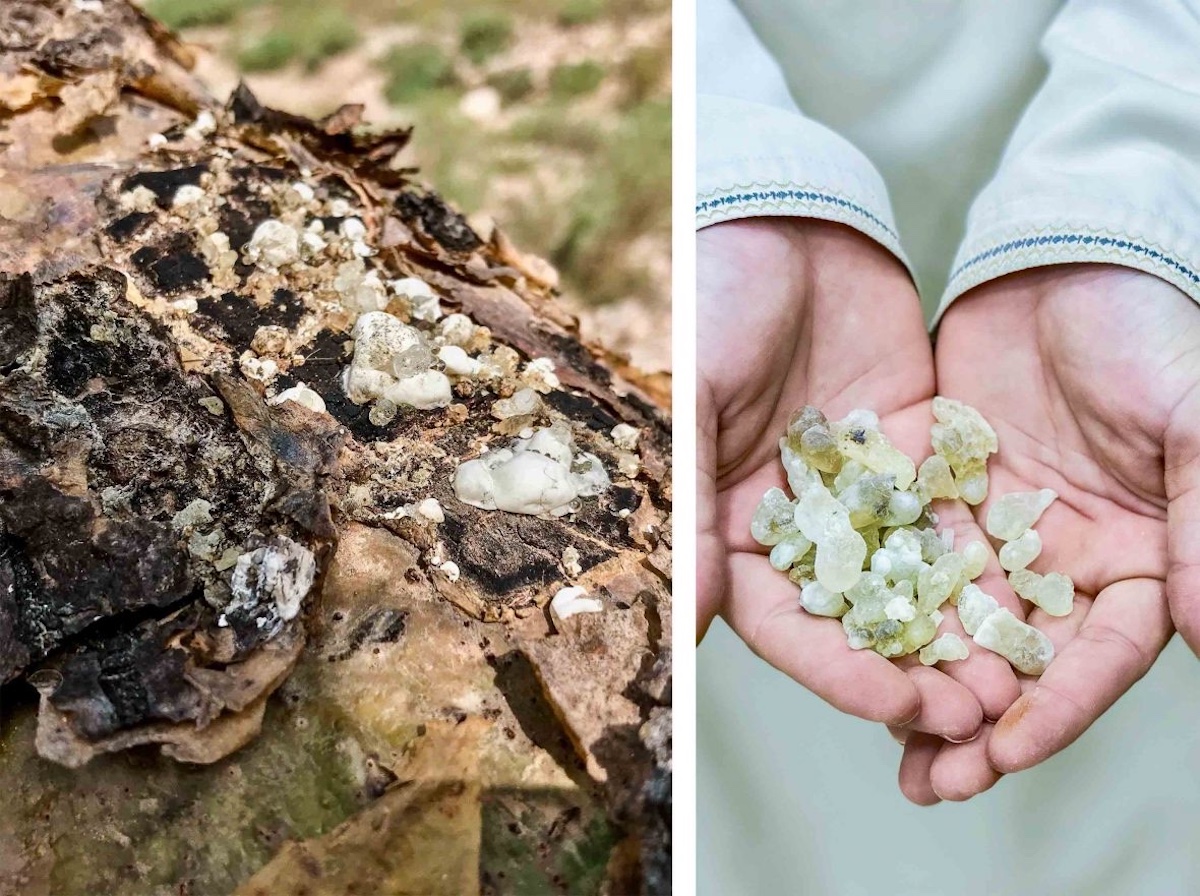
Conservation Efforts and Sustainable Tourism
As the “Land of Frankincense” draws increasing attention from around the world, both the Omani government and UNESCO have taken steps to preserve the land’s precious resources and cultural heritage, while also fostering sustainable tourism.
Protection and Conservation of Frankincense Trees
Due to factors like overharvesting and the effects of climate change, frankincense trees have faced the threat of decline. However, substantial conservation efforts have been put in place to protect these iconic trees. Sustainable harvesting practices, alongside reforestation programs, aim to preserve the Boswellia sacra tree population for future generations. The goal is not only to safeguard Oman’s frankincense heritage but also to maintain the environmental health of the region. These conservation programs are vital for ensuring that the economic and cultural value of frankincense is sustained for years to come.
The Role of Tourism in Preserving Heritage Sites
Eco-tourism initiatives are at the heart of Oman’s efforts to preserve its cultural landmarks while providing economic benefits to local communities. By engaging visitors in responsible tourism practices, Oman ensures that its cultural and natural resources are protected. Guided tours of the Land of Frankincense allow tourists to explore these ancient sites, from the Wadi Dawkah reserve to the ruins of Al-Baleed, while fostering greater awareness of the region’s history. These tourism activities not only contribute to the local economy but also help support ongoing conservation efforts, making tourism a key player in the preservation of Oman’s heritage
The Enduring Legacy of Frankincense in Oman
Even as technology advances and the world changes, frankincense continues to hold an enduring place in the identity and culture of Oman. Its historical, economic, and cultural significance is woven into the very fabric of Omani society.
Frankincense in Modern Omani Society
Today, frankincense is an integral part of modern Omani life. It is widely used in perfumes, cosmetics, and aromatherapy, known for its soothing fragrance and calming properties. Additionally, it remains a symbol of hospitality in Oman, with frankincense often presented as a thoughtful and cherished gift. Whether used in daily life or as part of ceremonial practices, frankincense continues to hold a special place in the hearts of Omanis, bridging the past with the present.
Festivals and Cultural Events Celebrating Frankincense
Oman’s rich tradition of celebrating frankincense is evident in its many cultural festivals. The Salalah Festival, for example, celebrates the region’s connection to frankincense, showcasing local crafts, music, dance, and cuisine while highlighting the resin’s central role in Oman’s history. These festivals attract tourists from around the world, allowing them to experience Oman’s culture and heritage up close. Events like these not only honor Oman’s deep connection to frankincense but also provide a platform for preserving these traditions and sharing them with future generations.
By integrating frankincense into its cultural calendar, Oman ensures that its legacy is passed down through generations, while also offering visitors a vibrant, immersive experience of its rich traditions.
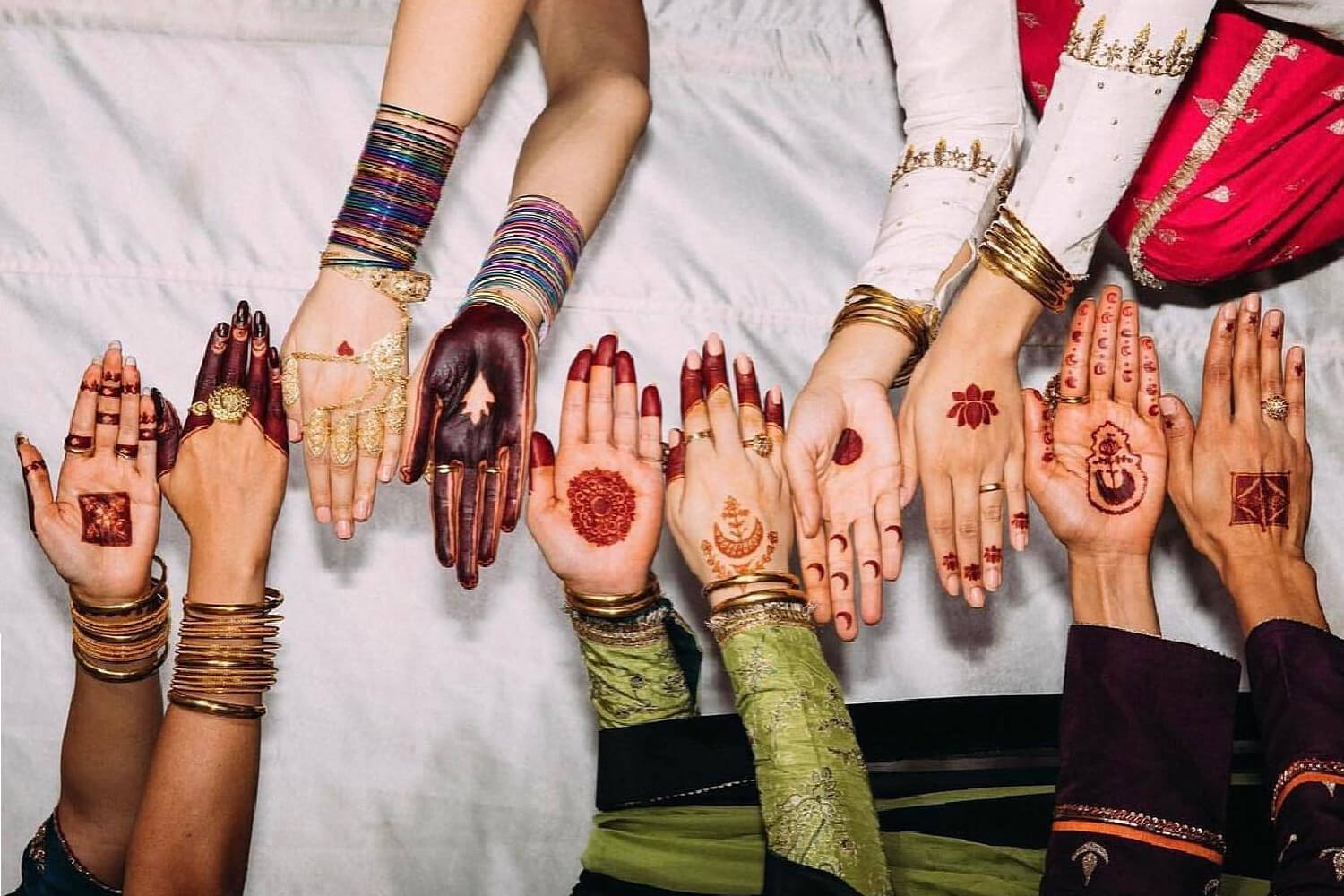
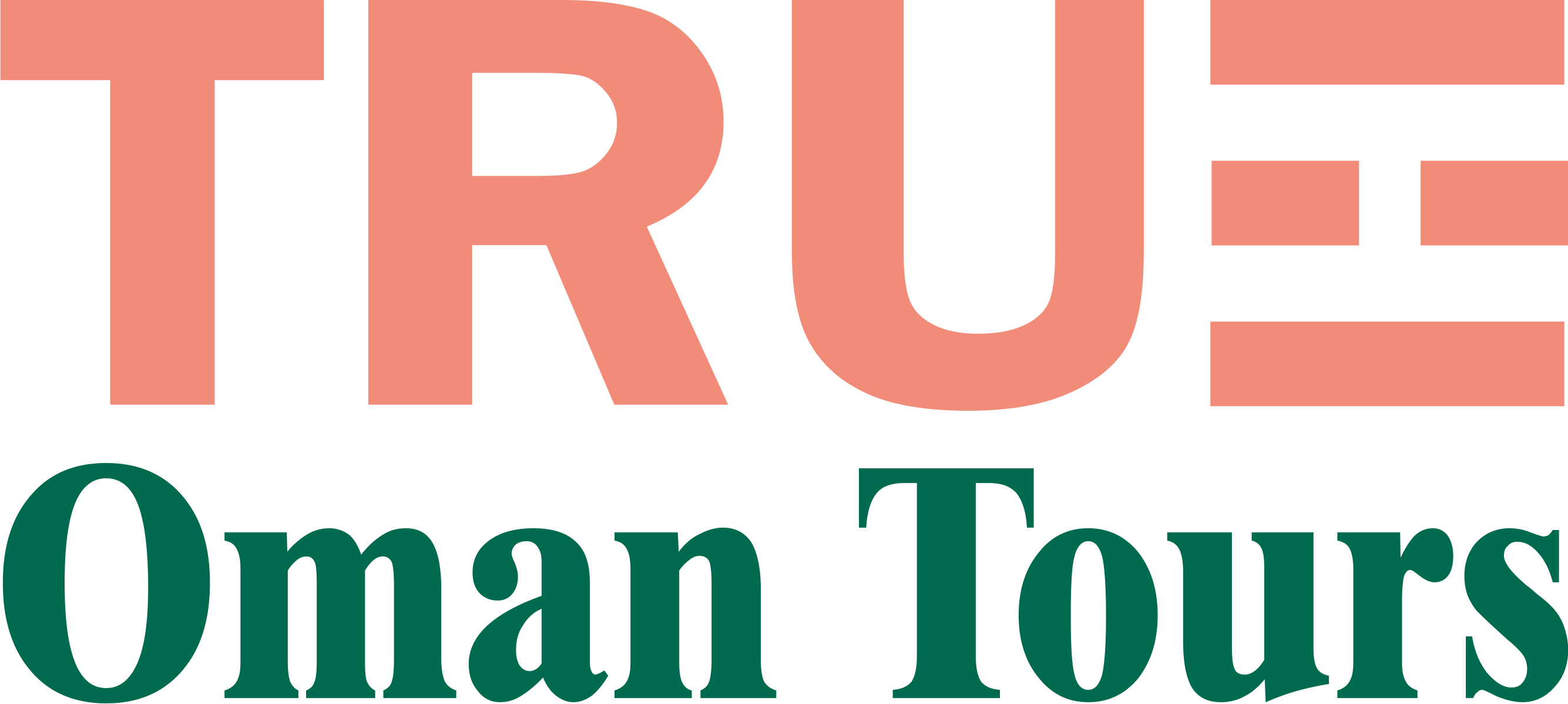
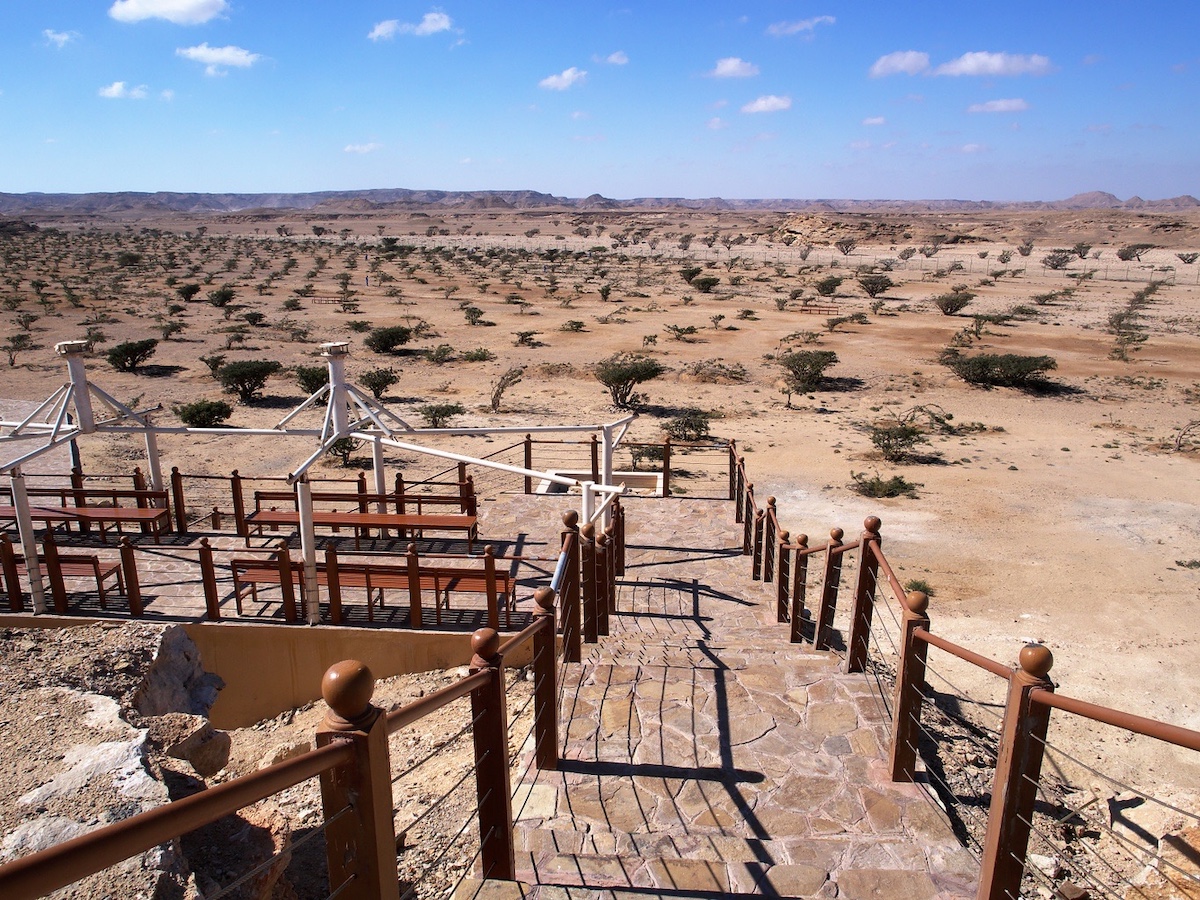

0 Comment